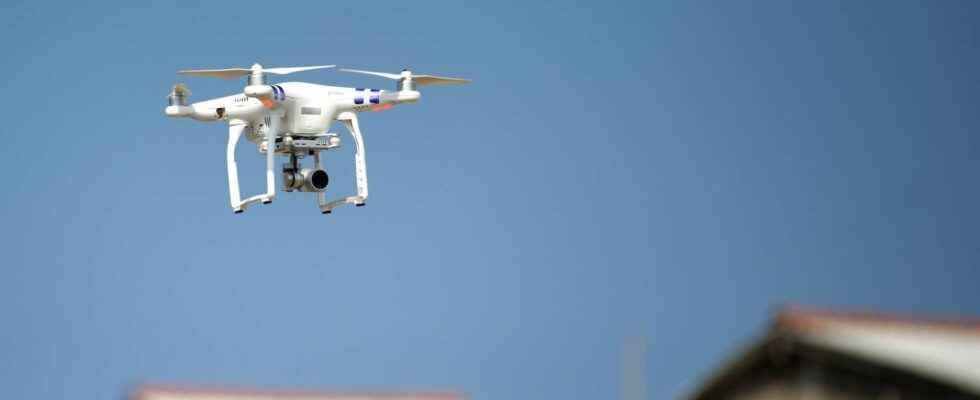To improve the safety of the take-off and landing phases of drones, researchers from Ohio in the United States have developed a lightweight, high-performance sensor to measure air pressure variations in real time.
You may also be interested
[EN VIDÉO] Carbon-neutral kerosene for our planes Researchers have developed a reactor that can produce a liquid fuel, like the kerosene that powers our planes, from just water, carbon dioxide (CO2) and solar energy. From the heat that comes to us from the sun, more precisely. Thanks to a concentrator which raises the temperature to 1,500°C and triggers useful chemical reactions in the reactor. (in English) © Swiss Federal Institute of Technology Zurich
In the cockpit of aircraft, one of the essential instruments is theanemometer otherwise called badin. It displays the statement of the pressure of the’air against the wing via a tube called Pitot directed facing the air flow and the static pressure thanks to two orifices on the sides of the cabin. It is effective and resilient to indicate the speed of the’aircraft related to wind, but the instrument is expensive, bulky and hinders aerodynamics. When it comes to small drones, measuring the air pressure on the aircraft is therefore rudimentary, or even non-existent.
This is why, to reinforce flight safety, especially during the take-off and landing phases, scientists from theohio state university in the United States, have developed a Pressure sensor revolutionary. It can both indicate real-time air pressure and wind direction; it allows by the games of algorithms to estimate more precisely the consumption ofenergy of the aircraft. The measuring instrument was designed using so-called “intelligent” materials. The matter detects pressure variations and reacts to deliver flight information.
A sensor made of “intelligent” material
The research team used a polymer electric called polyvinylidene fluoride (PVDF). This is what is found in the envelopes of the batteries lithium ion. the material has the advantage of being able to generate energy when pressure is applied to it. It is precisely this pressure that allows both to feed the sensor and also to measure the speed of the air mass against the fuselage.
The PVDF sensor is directly integrated into the profile of the wing, which reduces aerodynamic drag. To determine the direction of the wind, the sensor is associated with a small compass magnetometer digital. It measures the orientation of the airfoil relative to the earth’s magnetic field. This type of sensor could be implanted both in droneballoons or planes, but also on wind turbinesand even their blades, to improve their efficiency.
Interested in what you just read?
